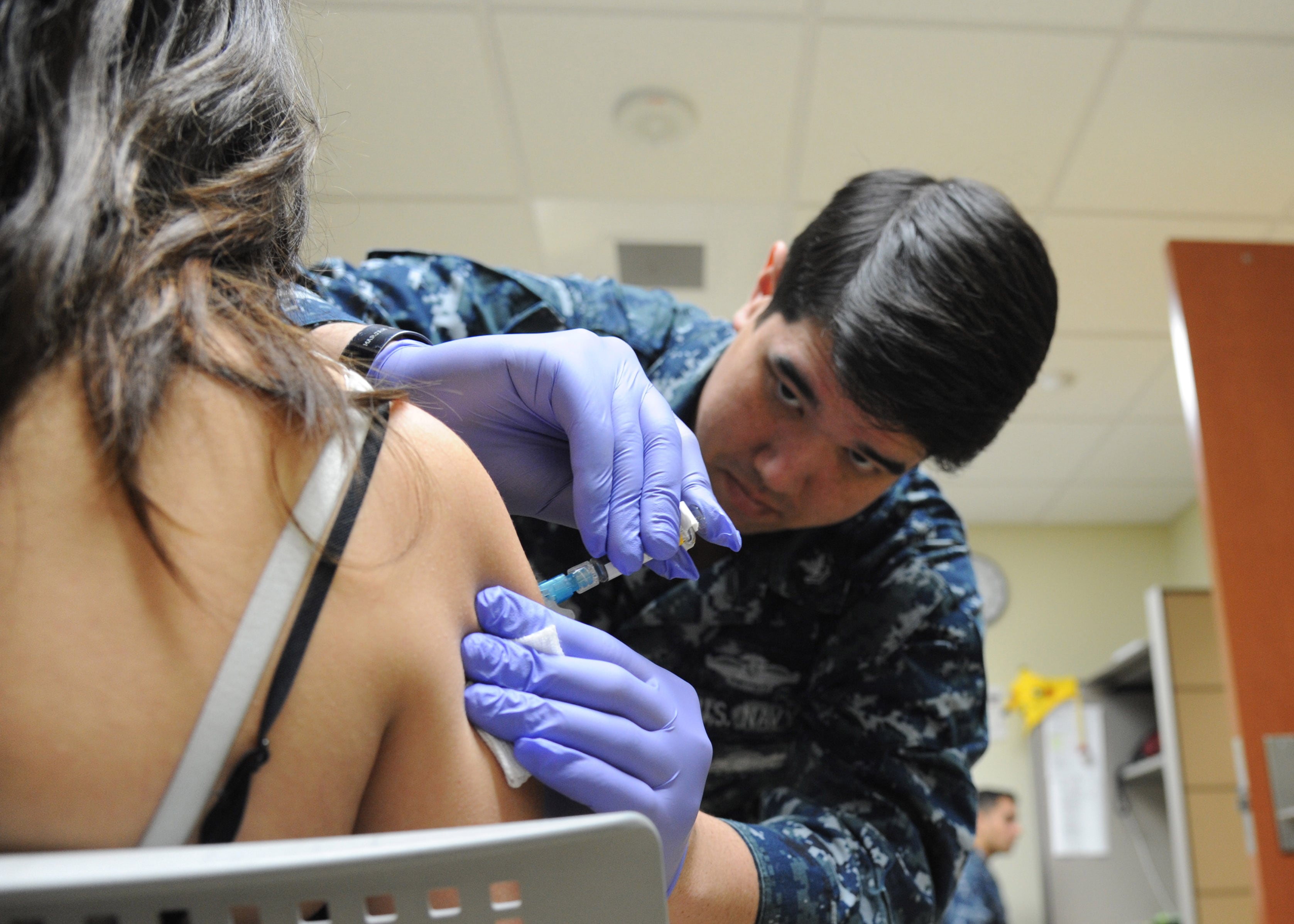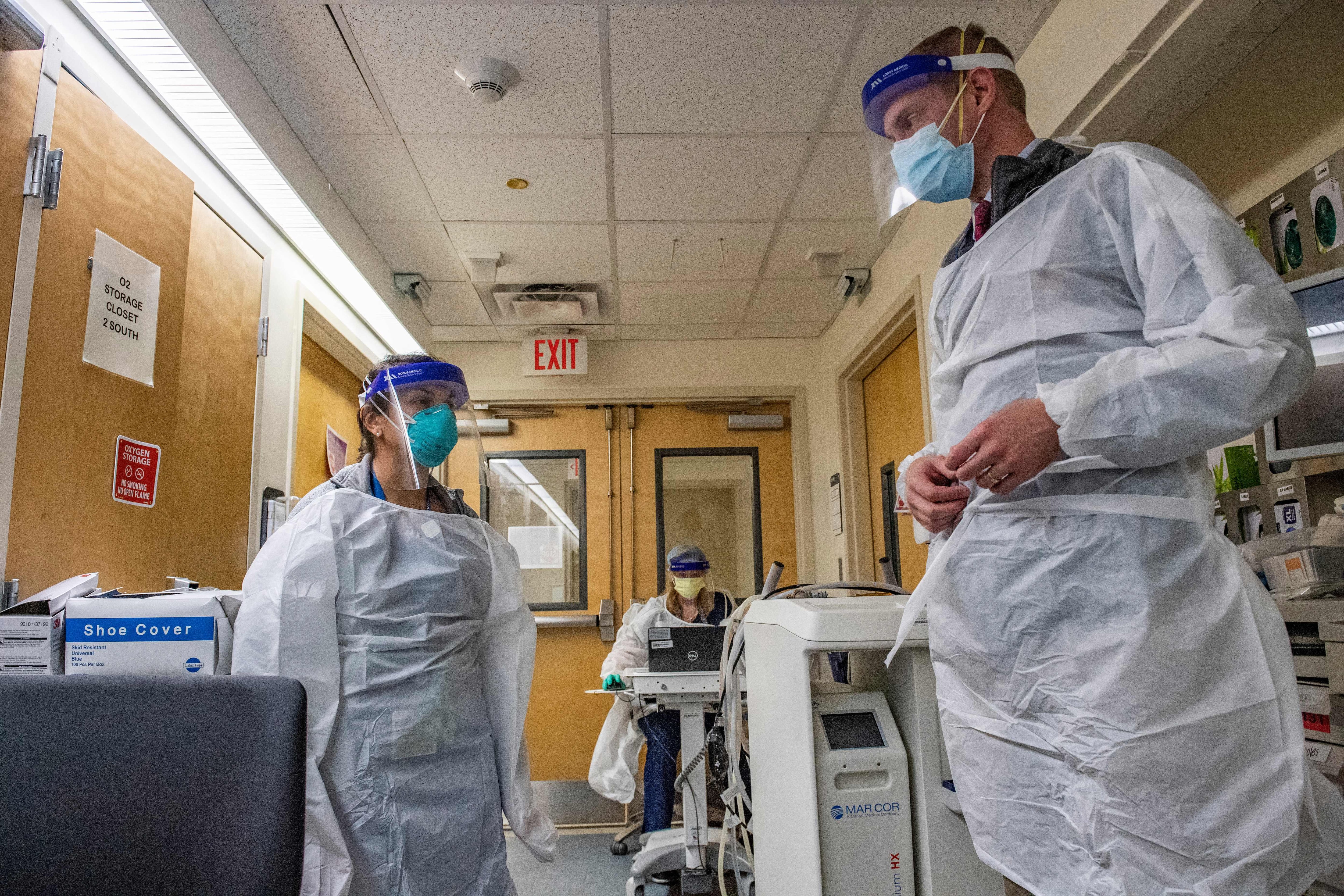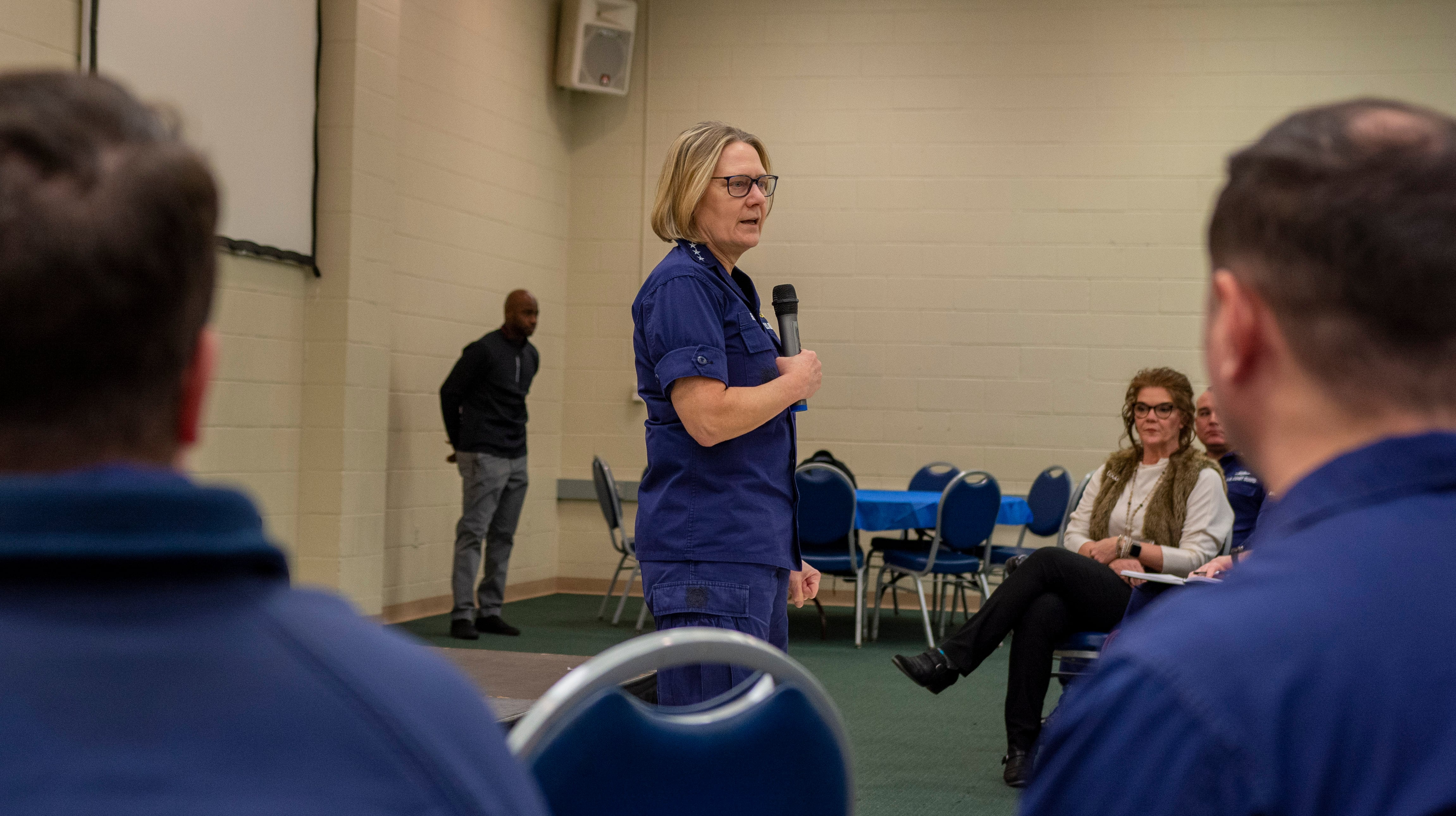NEW ORLEANS – The photos taken nearly a mile under the Gulf of Mexico are so clear that small holes are visible in a lifeboat that may have gone down or been scuttled when a passenger ship was sunk by a Nazi submarine in 1942.
Interpretations differ. But the pictures taken remotely from Robert Ballard's exploration vessel Nautilus are among the brightest and clearest ever taken of the American ship Robert E. Lee and the U-166, a German U-boat that was sunk by depth charges from the Lee's escort during World War II on July 30, 1942.
Ballard, whose crew photographed, videoed and mapped the vessels for a National Geographic documentary to air on PBS, uses a pair of tethered, remotely piloted mini-subs. Along with additional cameras, the second allows more light than the usual single submersible available to most scientists.
"You just get spectacular video," said Robert Church, senior marine archaeologist for C&C Technologies Inc., of Lafayette, an underwater surveying and mapping company.
C&C sent its own remotely operated vehicle down to the U-166 on Monday as part of a federal study of whether the millions of gallons of oil and dispersants from the 2010 oil spill damaged marine life inhabiting deep-sea wrecks or hastened disintegration of the wrecks themselves. The two ships are roughly 10 miles from BP PLC's Macondo well.
Some of the Nautilus' images and models will be used for a documentary about Operation Drumbeat, the Nazi code name for submarine attacks on Allied shipping off U.S. coasts in 1942, according to Ballard. He said the Nautilus also surveyed two tankers and a freighter sunk in the attacks. The producers plan a dive from a different ship to wrecks off the East Coast for the program to be aired on the PBS show "NOVA."
Ballard, a marine geologist and geophysicist, said he makes all information gathered from the Nautilus available to the public and scientists through his nonprofit Ocean Exploration Trust.
He said he suggested Operation Drumbeat as a documentary subject National Geographic and PBS could charter while he was in the Gulf.
He had learned about it a couple of years ago from documentary producer Kirk Wolfinger. Despite 30 years in the Navy, including postings along the Gulf Coast, he had never heard of that bit of history, he said.
Researchers on the Nautilus thought the holes in the lifeboat might be from bullets used to scuttle it after the rescues, said Susan E. Poulton, a spokeswoman for Ballard. Church, whose company has surveyed the Lee 10 times, disagreed: the boats in question appear to have sunk still attached to the davits that would be used to lower them, he said.
The U-166, one of dozens of German subs sent to the U.S., sank the Robert E. Lee with one torpedo before the U-boat itself was broken in two by a depth charge from the Lee's naval escort. Nearly all of the hundreds aboard the Lee escaped into lifeboats or rafts. The U-boat commander, Oberleutnant zur See Hans-Günther Kuhlmann, and the 51 men in his crew went down with their sub.
It is the only German sub known to have sunk in the Gulf of Mexico during World War II, while the Lee was among 56 Allied ships sunk by German submarine crews there, Irion said. The two wrecks were discovered in 1986, though the U-boat was correctly identified only in 2001.
Photographs taken in recent years clearly show the 105-millimeter deck gun mounted forward of the 252-foot sub's conning tower and the smaller gun mounted on the Lee, which rests on the ocean floor about a mile away.
Church and Jack Irion, a marine archaeologist for the U.S. Bureau of Offshore Energy Management, the agency that commissioned C&C's study, said they have not initially noticed changes to either wreck that appear connected to the oil spill. However, the study is far from finished — its first draft is due in about eight months.
"I'm not a biologist," Church said. "When they start analyzing sediment core samples and some of the microbiology experiments they've placed down, that will explain more" about any oil spill damage.
The Lee carried a crew of 131, six merchant marine officers and 270 passengers, many of them survivors of ships sunk in the Caribbean by U-boats, according to researchers.
Melanie Wiggins, a Texas author of a history on German operations in the Gulf in wartime, said she almost dreaded looking at the images from the Nautilus because of heart-rending accounts of sinkings and resulting deaths.
"I was so happy to see the beautiful photographs," she said. "The corals, the little fishes look like they're forming a little reef. It was so lovely to see that. They're more than shipwrecks. They're having a new life as part of the sea."





